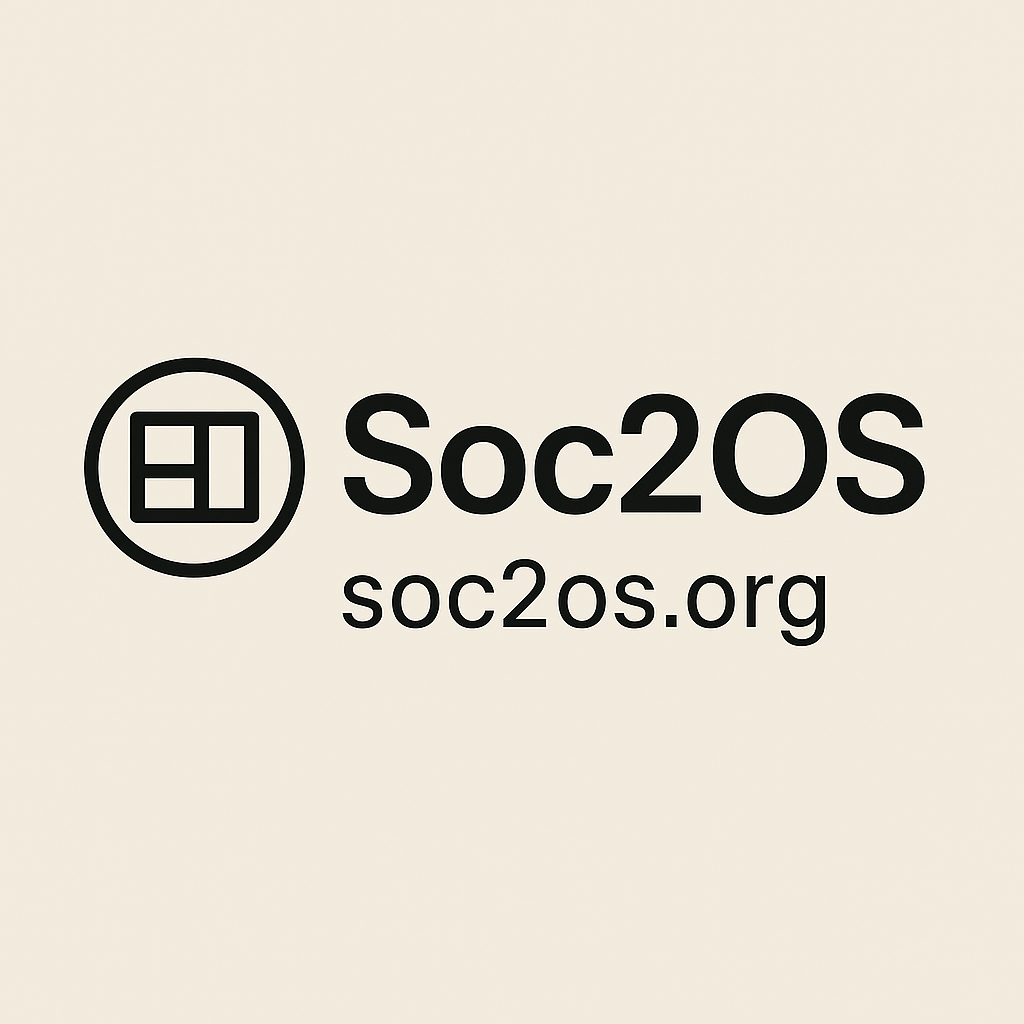
Healing Villages – Behavioral Health Campus Network (BHCN)
1) The New Continuum (least-restrictive → most-protective)
- Crisis & Stabilization (hours–days)
23-hour crisis centers and 3–7-day Acute Stabilization Hubs (ASH) that replace ER boarding. No bars, no shackles; quiet rooms, sensory regulation, med initiation, safety plans. - Respite Houses (days–weeks)
Small (6–12 beds) neighborhood homes staffed by clinicians + peers. Voluntary stays to avert hospitalization. - Open Residential Villages (weeks–months)
Community Recovery Villages (CRV): cottage clusters around a commons; therapy, sleep clinics, nutrition, addiction treatment, work/learn programs. Residents move freely on campus; community day-passes when clinically appropriate. - Secure Therapeutic Units (as needed for danger risk)
Secure Therapeutic Care Units (STCU): hospital-grade safety without prison aesthetics. Clear admission thresholds, frequent judicial/clinical review, step-down targets from day one.
2) Design Principles (fix what deinstitutionalization got wrong)
- Dignity + Safety together: trauma-informed architecture, natural light, outdoor access, normalized clothing & meals, de-escalation-first staffing.
- Measurement-based care: standardized tools (PHQ-9, GAD-7, C-SSRS, etc.), published outcomes, and “step-up/step-down” rules based on data.
- Integrated SUD care: co-located medication-assisted treatment, detox beds, and relapse-prevention groups. No more bouncing between systems.
- Housing pipeline: guaranteed exit pathways—supportive apartments or micro-village units so discharges don’t mean the street.
- Work, purpose, belonging: maker spaces, gardens, kitchens, music rooms; stipended roles on campus (kitchens, grounds, peer mentoring).
3) Legal & Rights Framework (never repeat the abuses of old asylums)
- Least-restrictive mandate: must document why each level is necessary; automatically re-evaluate every 72 hours (crisis) / 14 days (residential).
- Due process & advocacy: independent Ombuds Office on every campus; on-site legal aid; appeal rights; family/ally inclusion by consent.
- Clear commitment standards: imminent risk, grave disability, or repeated failure of outpatient care with documented harm. Sunset dates; periodic judicial review (“Care Court” with defense + peer rep).
- Assisted Outpatient Care (AOC) with safeguards: time-limited orders, housing/transport guaranteed, meds never a condition without offered alternatives; rapid path back to respite/residential if deterioration resumes.
4) Staffing & Culture
- Team mix: psychiatrists/NPs, psychologists, LCSWs, addiction specialists, occupational therapists, peer support (≥20% of staff), somatic & sleep specialists.
- Ratios & coverage: 24/7 clinician presence; safety techs trained in de-escalation; mobile teams for community follow-up.
- Training: trauma-informed, harm-reduction, cultural humility, neurodiversity competence; annual simulations for crisis scenarios.
5) Technology (servant, not master)
- AI triage + care navigation: routes people to the right level within minutes; flags relapse signals (missed refills, ER visits).
- Measurement dashboards: resident & clinician see progress; aggregate metrics go public (with privacy).
- Passive safety: non-invasive fall/self-harm detection in rooms; audit-logged access; ZERO facial recognition for policing.
6) Ties to Society 2.0 stack
- UMHAP on-site: daily groups, 1:1 sessions, and post-discharge continuity via pharmacies/libraries/cafés.
- URMAP kitchens: “Food as Medicine” menus; cooking classes as therapy + skill.
- Community colleges: on-campus practicums for counseling/social-work students, creating a sustainable talent pipeline.
- Elder micro-villages: intergenerational programs—story circles, tutoring, music nights.
7) What replaces today’s jail/ER default?
- Behavioral Health 988 + Mobile Crisis teams authorized to bring people directly to ASH/respite instead of ER or jail.
- Co-response with police only when necessary, with mandatory transfer to clinical lead within 15 minutes on scene or upon arrival.
8) Funding & “Why This Pays For Itself”
- Reallocate spend from ER boarding, jail days, encampment abatement, and avoidable medical admissions into the new tiers.
- Global budgets for campuses (predictable revenue) with bonuses for: fewer re-admissions, faster access, higher resident-reported wellbeing.
- Capital from state bonds + philanthropy + social impact funds; operations from redirected S1 waste (already in your S2 health pays-for).
9) Metrics that matter
- Access time to a bed (target: <24h).
- 30/90/180-day readmission rates.
- Jail & ER diversion counts.
- Housing stability at 6/12 months.
- Resident-reported safety, trust, and dignity.
- Community impact: calls for service ↓, encampments near campuses ↓.
10) Implementation Sequence (18–36 months)
- Month 0–3: pick 3–5 pilot regions; stand up 23-hour centers; contract for respite beds; hire mobile crisis teams.
- Month 4–12: open first CRV (open residential) and a small STCU wing; launch “Care Court”; publish first public dashboard.
- Month 13–24: add housing exits; embed UMHAP/URMAP; integrate community-college practicums; expand to second region.
- Month 25–36: prove jail/ER diversion and housing stability → scale via auto-expansion triggers in statute.
Previous: Health and Mental Health
Next: Education & Growth

Leave a Reply